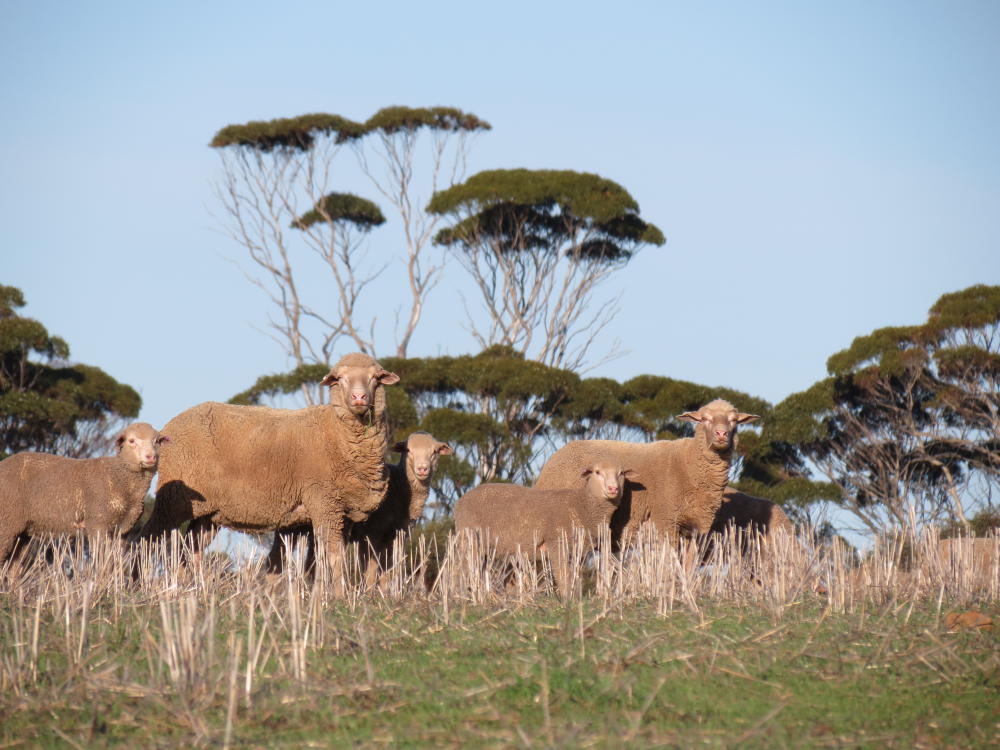
ARGT is a serious and usually fatal disease that occurs when livestock eat annual ryegrass seedheads infected with a toxin-producing bacterium, accumulating in the animal’s system.
Signs of ARGT in sheep, cattle and horses include shaking, clumsy gait, jaw champing and dullness, followed by an inability to rise, convulsions and in severe cases, death. The symptoms are made worse by stress or movement.
Department of Primary Industries and Regional Development veterinarian Anna Erickson said this year’s conditions had been ideal for the development of ARGT, similar to last season.
“ARGT was more common in the wheatbelt, but we are now seeing cases in the South West region and along the coastal plain,” Dr Erickson said.
“I have investigated five cases in recent months and carried out pre-emptive pasture testing for many more. Many of those tests have come back positive.”
Stock owners and feed sellers with hay containing annual ryegrass should have it tested for ARGT risk before they sell it or feed to stock.
Dr Erickson advised against buying untested hay.
“It’s important to remember that even if you live in a lower risk area, the hay you buy may have been grown in a different region and could be infected,” she said.
“Provided the samples are collected correctly, test results can indicate whether the sample is zero, low, medium or high risk, and grazing management can be adjusted.”
Dr Erickson said it was important to monitor livestock closely as affected animals could recover if removed off the toxic pasture early.
“Animals affected by ARGT show neurological signs similar to some exotic diseases, and veterinary investigations may qualify for a rebate under the Significant Disease Investigation Program,” she said.
Test kits are available from the Department of Primary Industries and Regional Development.
More information on annual ryegrass toxicity can be found on the department’s website at www.agric.wa.gov.au
Picture caption: Ewes and lambs grazing in stubble pasture.


